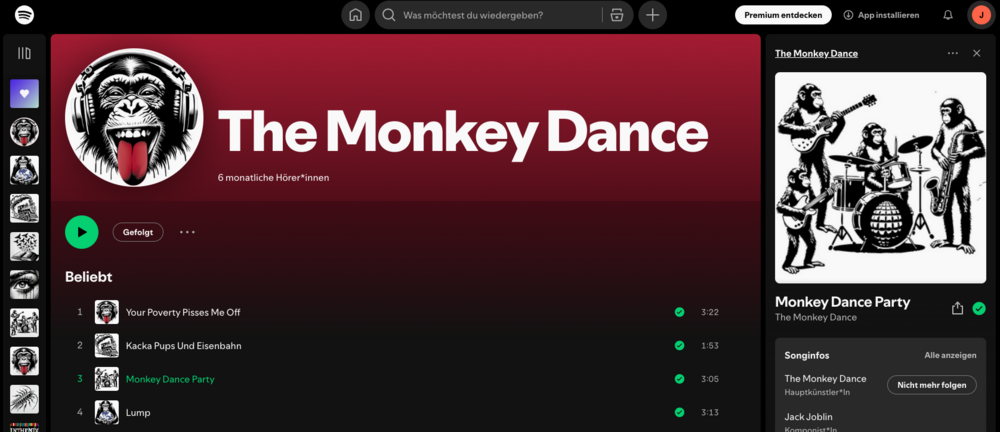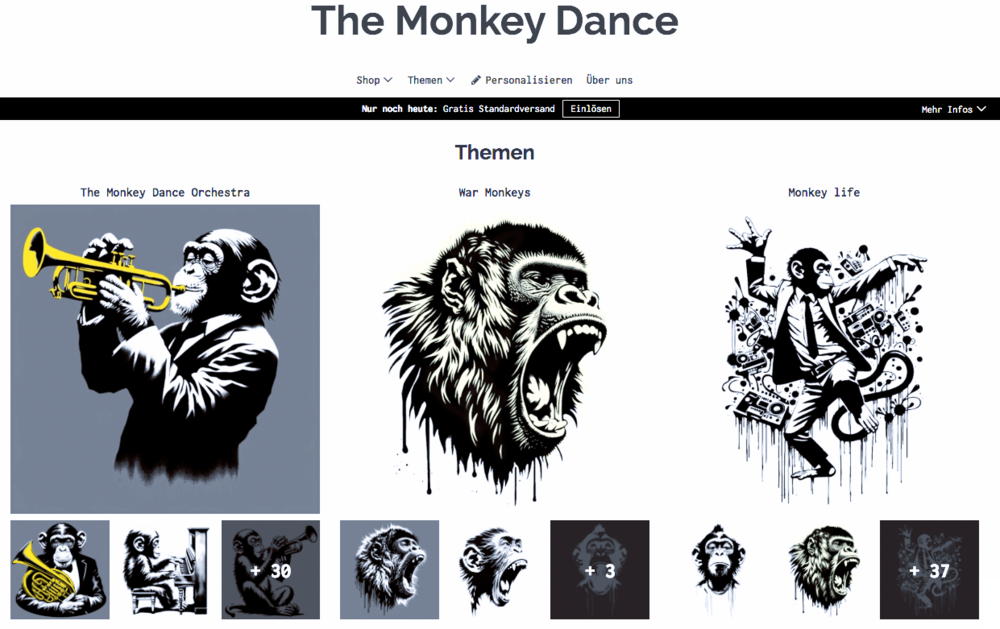

Wild lebende Mustangs
Einleitung
Wild mustangs, the iconic free-roaming horses of the American West, embody freedom, heritage, and the untamed spirit of nature. In this comprehensive AI-MOOC, we delve into the history, lifestyle, and conservation efforts surrounding these remarkable animals. You’ll explore their impact on ecosystems, their portrayal in culture, and the efforts needed to protect their existence for future generations. Through interactive elements like quizzes, memory games, and open-ended projects, this AI-MOOC encourages deeper engagement, allowing learners to appreciate mustangs beyond mere curiosity.
History of Mustangs
Mustangs' journey in the Americas begins with the Spanish conquest, their ancestors arriving as part of the colonization process. The domesticated horses that escaped and adapted to the wild evolved into the mustangs known today. Over centuries, their populations fluctuated, facing challenges from habitat loss and human activities, shaping their current existence.
Mustang Lifestyle
Mustangs live in social herds, with stallions leading and defending their groups. These herds exhibit complex behaviors, communicating through body language and vocalizations. They roam vast territories, foraging for grasses, shrubs, and other available vegetation. Adaptability defines their survival, thriving in varied environments across the United States.
Conservation Efforts
Conservation efforts play a crucial role in protecting mustangs. Organizations like the Bureau of Land Management (BLM) manage their populations through roundups, adoptions, and habitat preservation initiatives. Conservationists debate the effectiveness of these measures, emphasizing the need for sustainable approaches to protect mustangs and their habitats.
Interaktive Aufgaben
Quiz: Teste Dein Wissen
When did the mustangs first arrive in the Americas? (16th century) (!17th century) (!18th century) (!19th century)
Memory
| Mustang | Wild Horse |
| BLM | Bureau of Land Management |
| Spanish | Conquest |
Kreuzworträtsel
| Wildhorse | A synonym for mustang |
| BLM | The organization managing mustang populations |
| Spanish | Conquerors who brought horses to the Americas |
Offene Aufgaben
Leicht
- Mustangs' impact on ecosystems: Explore how wild mustangs influence their habitats and the broader ecosystem.
- Cultural significance of mustangs: Write an essay discussing how mustangs are portrayed in various cultures.
- Modern challenges: Identify modern-day challenges facing mustangs and possible solutions.
Standard
- Mustang herds: Study and explain the social dynamics of mustang herds.
- BLM policies: Analyze and critique current BLM policies managing mustangs.
- Mustangs in media: Research and discuss the portrayal of mustangs in literature, film, and media.
Schwer
- Conservation efforts: Propose sustainable strategies to protect mustang populations.
- Habitat preservation: Explore and suggest ways to preserve and expand mustang habitats.
- Community involvement: Design a campaign encouraging local communities to support mustang conservation.


Lernkontrolle
- Mustang ecology: Discuss how mustangs interact with other species in their environments.
- Conservation debates: Evaluate differing opinions on mustang conservation approaches.
- Cultural evolution: Trace the evolution of mustangs' cultural significance from past to present.
- Population management: Assess the effectiveness of current strategies managing mustang populations.
- Economic factors: Analyze how economic considerations impact mustang conservation efforts.
Links
Teilen - Diskussion - Bewerten
Schulfach+


aiMOOCs



aiMOOC Projekte


YouTube Music: THE MONKEY DANCE

Spotify: THE MONKEY DANCE

Apple Music: THE MONKEY DANCE

Amazon Music: THE MONKEY DANCE

The Monkey Dance SpreadShirtShop

|
|
|


Children for a better world >> Förderung der AI Fair-Image Challenge
Fair-Image wird von CHILDREN JUGEND HILFT! gefördert und ist mit der deutschlandweiten AI Fair-Image Challenge SIEGERPROJEKT 2025. Alle Infos zur Challenge hier >>. Infos zum Camp25 gibt es hier. Wenn auch Ihr Euch ehrenamtlich engagiert und noch finanzielle Unterstützung für Eurer Projekt braucht, dann stellt gerne einen Antrag bei JUGEND HILFT.











































